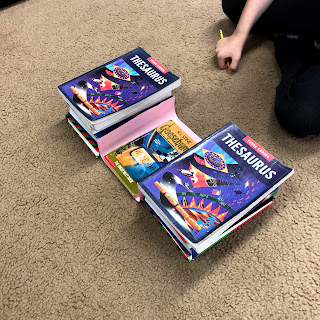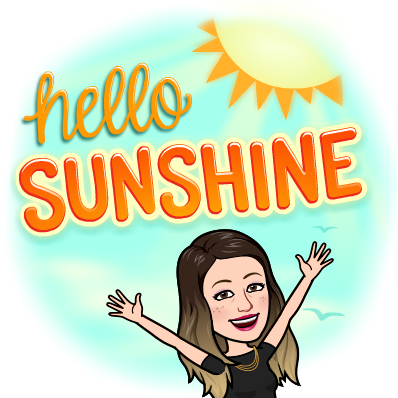Happy Eid Mubarak! I hope the many families who celebrated this week had a wonderful holiday with family and friends!
Reminders:
NO SCHOOL TOMORROW (Friday June 7). This is a PA Day for teachers.
Monday- All Jump Rope for Heart pledge forms and money are due.
Tuesday: Please have ALL library books returned by this date. Please look around your home for any outstanding books.
Today we has Jump Rope For Heart. Students had fun playing some games with another grade 3 class. I think they enjoyed the freezies most of all.
Today we had our diorama open house. We invited 3 classes to come and visit us in the library to view our work.
What we learned this week:
Math: We are wrapping up our money and multiplication units. Ms. Bloom is helping me by doing oral assessments for money.
Science: We continued our science units. Grade 2s are learning about simple machines; grade 3s are learning about Structures.
Grade 2s had a few experiments this week. We looked closer at inclined planes and levers.
Inclined planes: We looked at how incline planes make work easier. We first tried raising the box without the incline plane. It took 22 marbles to lift it to the desk. With an incline plane, it took only 11 marbles. Therefore, taking less effort to move the load.
Levers. We first explored a hammer and nails. We tried to remove the nails just with our hands. It was impossible, plus it hurt our hands. Next we used a hammer to remove the nails. The hammer made work easier. As we pushed down the handle, the hammer's head pivoted on it's fulcrum to easily remove the load (the nail). Our next experiment looked at 3 different types of levers. We placed the fulcrum in 3 different places and noticed that the lifting of the load was easier when the fulcrum was closer to the load in experiment #3, unlike when the fulcrum was closer to the force. We were able to lift the load, but it was not as easy to lift. Therefore, the longer the arm of the lever, and the closer the fulcrum is to the load, the easier it is to lift the load.
Bill Nye video on Simple Machines
Grade 3s did a few different experiments this week looking at stability, strength and the strongest shape, the triangle!
We first started with an experiment where we had 3 different sized cardboard rolls. Students predicted which one would fall first (the largest one). We then discussed how to make it more stable. We needed to increase the base. We added beans to the base of the largest roll. We attempted the experiment again, this time the largest and the medium sized one fell at the same time.
Our second experiment, students were put into smaller groups. They were given 12 straws and some tape. They were asked to make a cube. Students made a cube then I placed a book on top of their cube. Unfortunately, the cube did not hold the load (books). We then discussed what we could do to make the cubes more stable. The class decided on adding more straws to reinforce it, and to try to create triangles (based on a previous discussion and video we observed). Students were given 8 more straws (to make a total of 20 straws). Below are their before and after results.
The last experiment we did this week as to look at strength. We made predictions about the different ways the paper was used/folded to make a bridge across some books. A novel was placed on top of the paper to see if it would hold the load or not. Round 1 students used a flat piece of paper. Round 2, students folded the paper in half (making it slightly thicker). Round 3, students folded the paper like a paper fan/accordion. This made triangles. Some students were surprised that the triangle folded paper actually held the novel, while their other trials did not. It was the same paper (different colour). Nothing had changed but how they folded it.
Bill Nye video on structures.
We also started to explore the different structure labs on the PBS Building Big website. We focused on forces, materials, shape and load. Please have a look at this interactive website.
http://www.pbs.org/wgbh/buildingbig/lab/index.html























































